Research and monitoring projects are conducted by staff, often in conjunction with other organizational partners. These projects help us gain a better understanding of wildlife and plant populations. Information learned helps us create effective management decisions for the preserve. Projects with collaborative partners collect data for larger-scale research projects and conservation initiatives.
Bat Monitoring
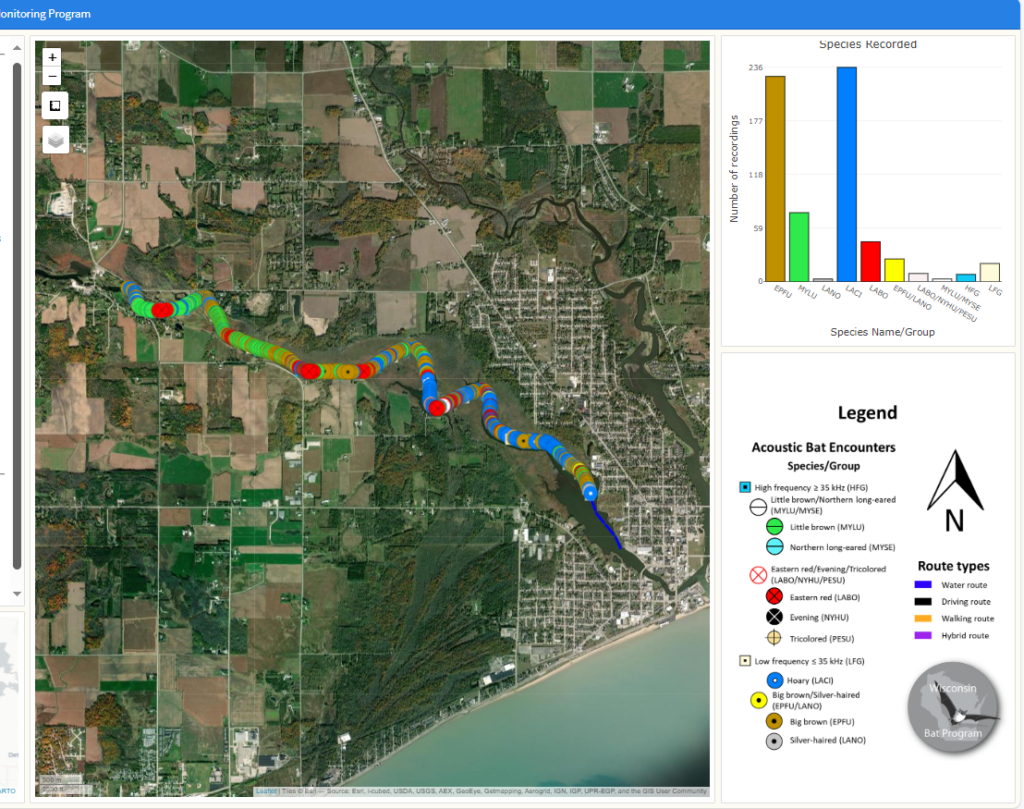
Bats are an important part of a healthy ecosystem. They play a vital role in pest control within the Midwest and pollinate over 500 plants including mangos, bananas, avocados, and many other food crops. Bat populations have been devastated by a deadly fungus called white-nose syndrome. To gain a better understanding of bat populations, Woodland Dunes is partnering with the Wisconsin DNR, to gather information using an Echo Meter. Staff survey routes with this device, which in turn identifies the bat species by analyzing their echolocation calls and notes the location. Monitoring takes place between April 1st and September 30th. For more information on Wisconsin’s bats and bat research, visit http://wiatri.net/inventory/bats/
Bumble Bee Surveys – WI Bumble Bee Brigade
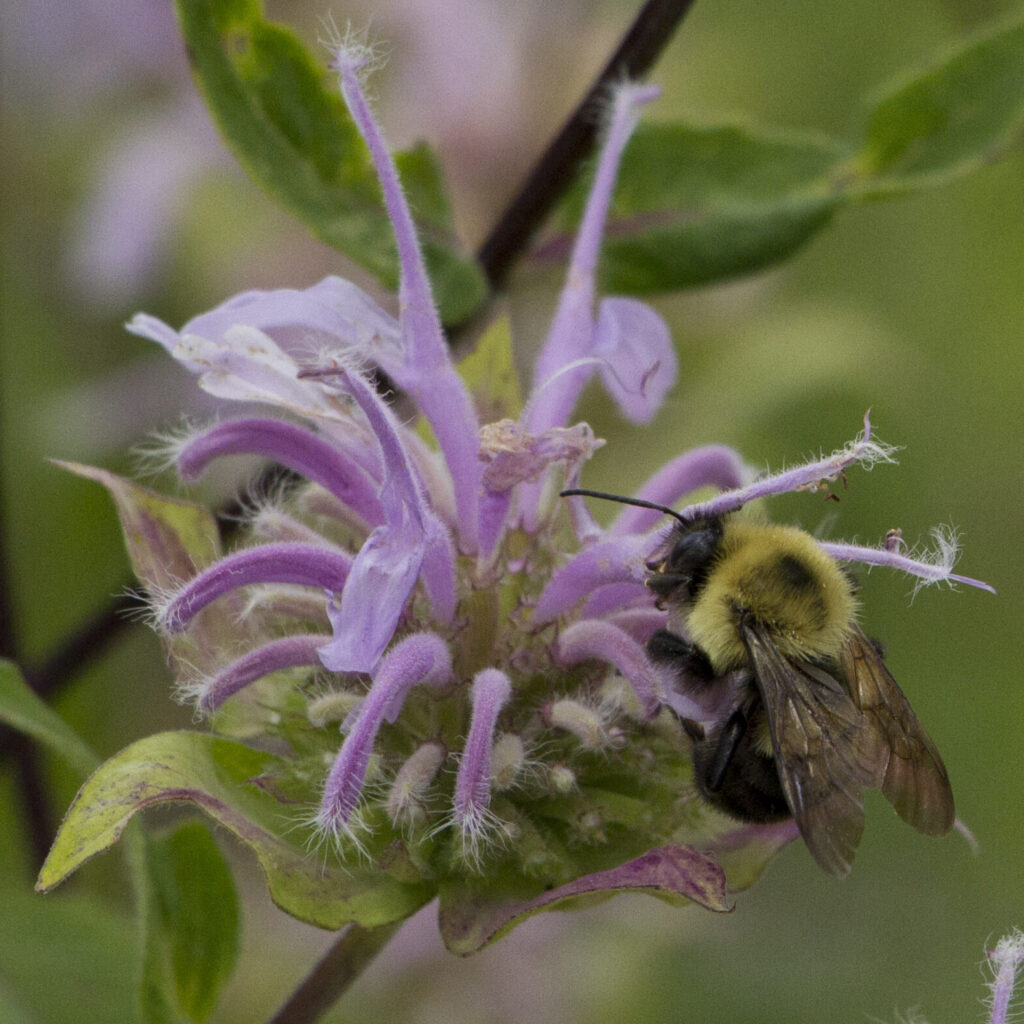
Woodland Dunes staff and interns conduct bumble bee surveys across our preserve then submit the data to the Bumble Bee Brigade (BBB) site. The BBB is a photography-based citizen science monitoring project where volunteers take images of bumble bees that they encounter and submit them to an online database. The BBB is coordinated by the Wisconsin DNR and partners with the public to conduct long-term monitoring of bumble bees in Wisconsin. These surveys are crucial in better understanding and protecting bee species. There are 20 bumble bee species in Wisconsin; one is listed as federally endangered, seven are classified as state species of greatest concern (SGCN), and three are classified as species with information needs (SIN). “The mission of the Bumble Bee Brigade is to improve our understanding, management, and conservation of Wisconsin Bumble Bees.” For more information visit: https://wiatri.net/inventory/bbb/
Sucker Migration Monitoring
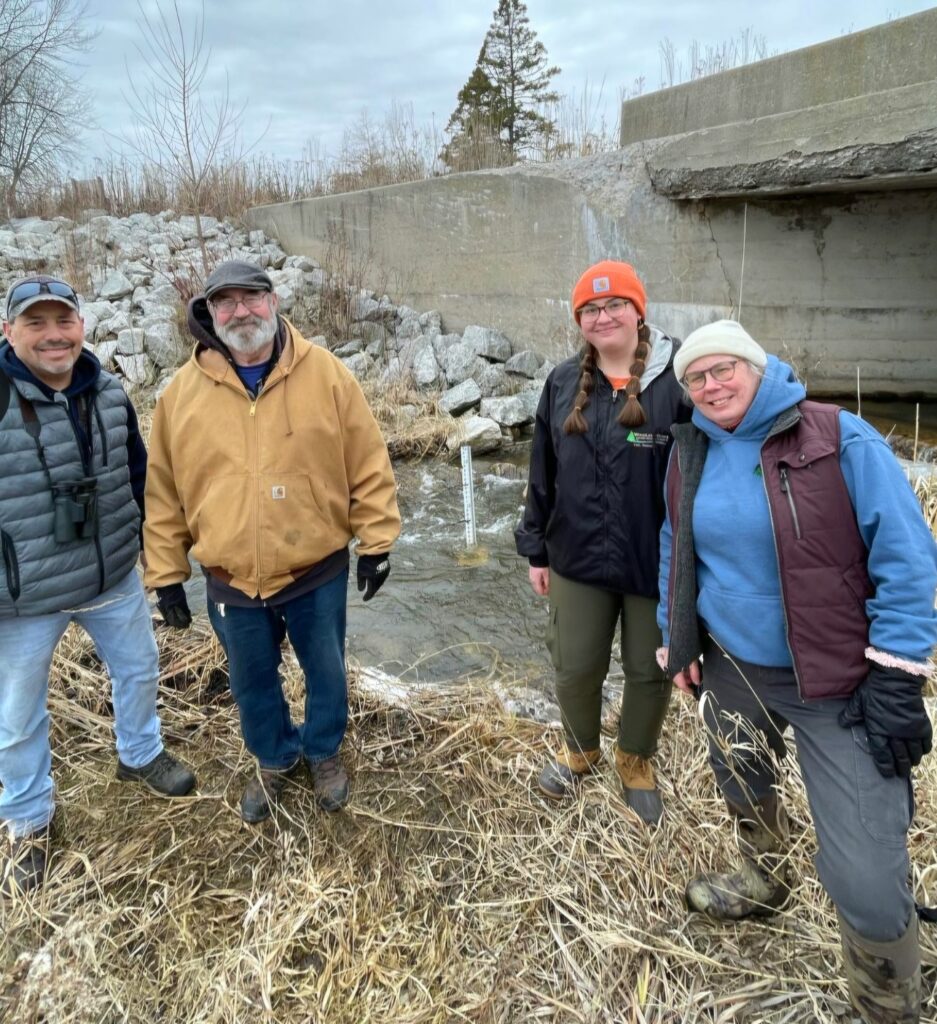
Suckers are the most abundant group of migratory fishes in the Great Lakes, but there are major gaps in our understanding of their ecology. Dr. Karen Murchie at Shedd Aquarium is leading a network of volunteers across a latitudinal gradient to collect data on the timing of sucker migrations into local streams and rivers to help better understand how climate change may impact this timing. Woodland Dunes staff have been participating in this program since 2019. For more details, visit: https://www.sheddaquarium.org/care-and-conservation/shedd-research/investigating-great-lakes-sucker-migrations
Migration and Summer Bird Surveys
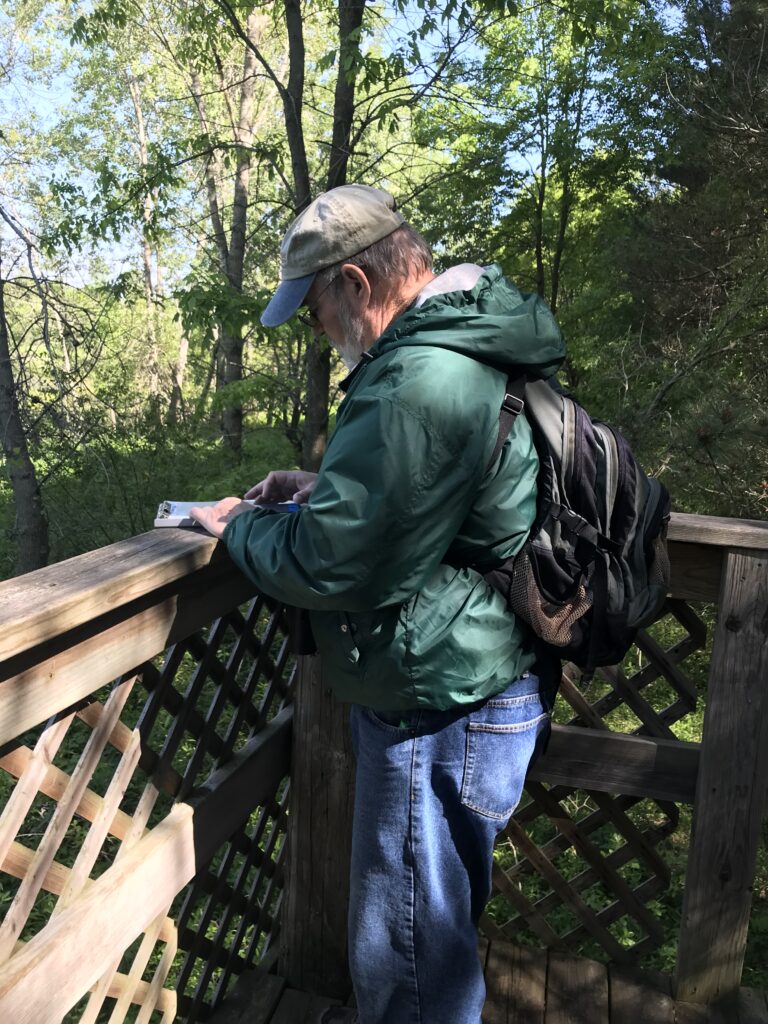
Woodland Dunes Nature Center has been conducting bird surveys since the mid-1960s. Our founder, Bernie Brouchoud, began these surveys before Woodland Dunes was officially established on what is now the preserve. He documented bird species that passed through during spring and fall migration, as well as what birds were present during the summer breeding season. Staff and volunteers survey predetermined locations and conduct 10-minute counts documenting bird species seen and heard during that time. These locations remain the same each year, allowing us to track changes. This data helps us determine what bird species use Woodland Dunes as a breeding area and/or stopover habitat. Over 250 bird species have been documented here, showcasing why Woodland Dunes is an Important Bird Area (IBA).
Monarch Tagging
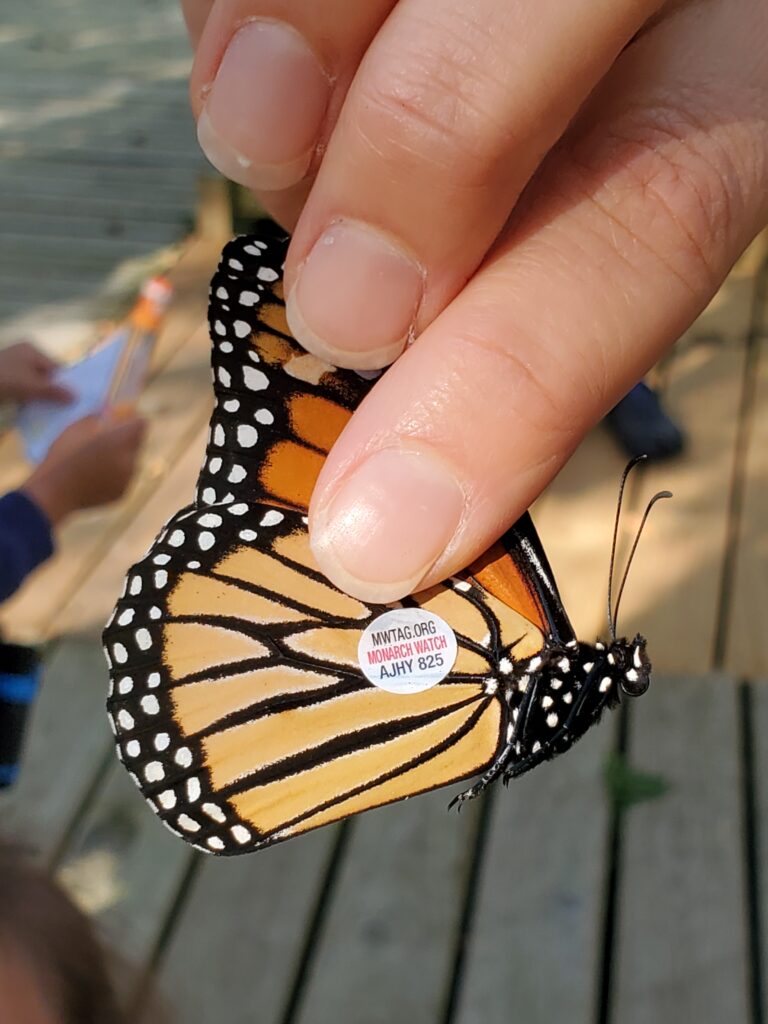
The Monarch Watch Tagging Program is a large-scale community science project that was initiated in 1992 to help understand the monarch fall migration. A small sticker with a unique identification number is placed on the hindwing of the migrating generation. The information collected was originally used to locate overwintering grounds and later to determine migration routes of the monarch. The project also helps answer questions about the origins of monarchs that reach Mexico, the timing and pace of migration, mortality, and geographic challenges. For more information about this project, visit https://monarchwatch.org/tagging/
Motus Wildlife Tracking System
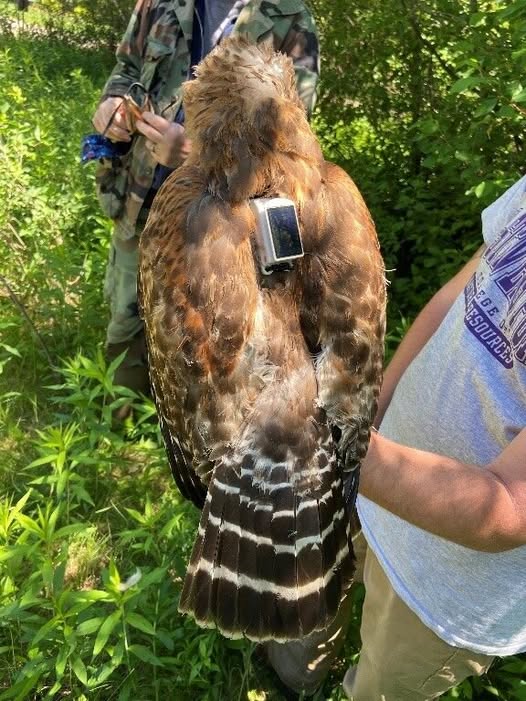
Motus is Latin for movement or motion. The Motus Wildlife Tracking System is an international collaborative research network (started by the organization Birds Canada) that uses radio telemetry to collect data regarding migratory animals. Small, lightweight transmitters are placed on an animal, some even small enough to be placed on insects! As the animal migrates, the signal emitted from the transmitter is received by various Motus antennae throughout the world. Woodland Dunes is host to two Motus receivers, one located in the State Natural Area of our preserve and the other attached to the Nature Center. Woodland Dunes was one of the first stations in Wisconsin, and now there are receivers scattered throughout the state. Woodland Dunes does not attach transmitters to any of the birds we capture during banding operations; however, the state-threatened, Red-shouldered Hawk that nests in our preserve is fitted with a transmitter through a study conducted by John Jacobs. For more information, visit: https://motus.org/dashboard/#
Owl and Songbird Banding
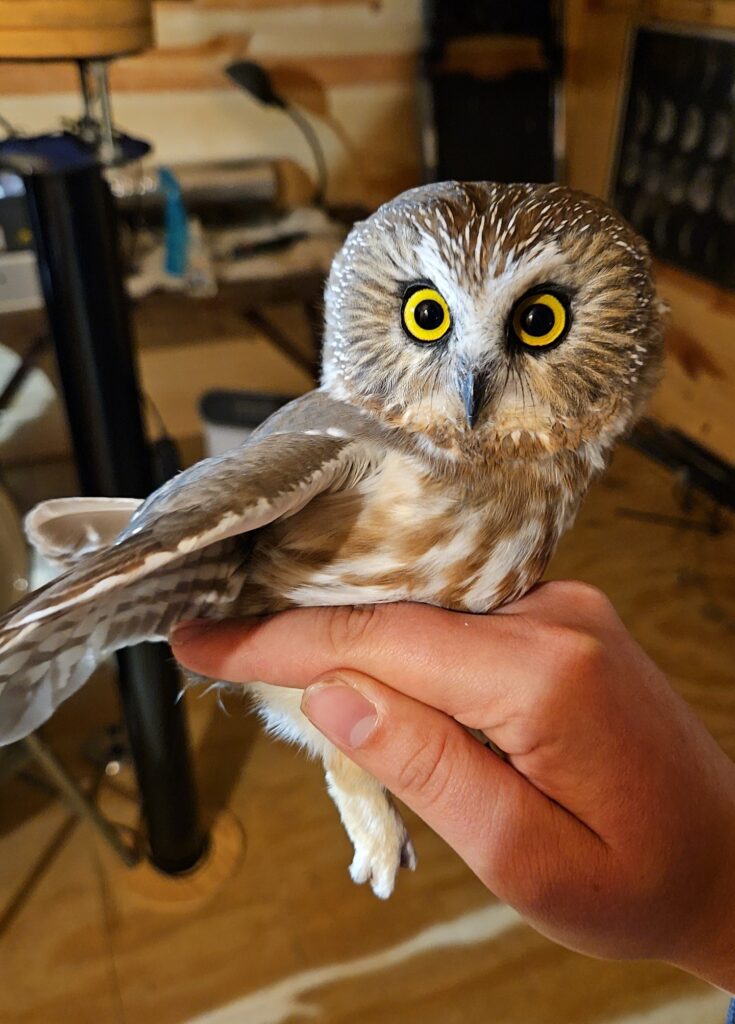
In bird banding, a metal band is placed on the leg of a captured bird, which is measured, aged, and then released. If the bird is recaptured, more data can be collected, especially where the bird migrates. Currently, there are only a few thousand licensed bird banders in the country. Our founder, Bernie Brouchoud, began banding birds on what is now our preserve before Woodland Dunes was established. Former Executive Director Jim Knickelbine continued the tradition and still serves as our master bird bander today. Tens of thousands of songbirds and over 5000 Saw-whet Owls have been banded at Woodland Dunes. With over 50 years of bird banding information, Woodland Dunes provides data for numerous researchers to gain a better understanding of bird migration.
Rare Plant Monitoring

Woodland Dunes’ unique ridge and swale ecosystem is home to many different species of plants, some of which are considered rare. Plants are rare for various reasons, such as having specific habitat requirements or because of habitat loss. Staff conduct regular surveys throughout our preserve to document the composition of plant communities and to hopefully encounter these rare plants. We also regularly monitor documented rare plant populations in our preserve to make sure they are protected from threats like invasive species.
Data is shared with the Wisconsin Rare Plant Monitoring Program, a community-based science program that gives trained volunteers opportunities to survey and document rare plant species across Wisconsin. This data is used to build an understanding of how these plant species are faring in our state. It will also assist in creating management strategies that preserve their presence within our landscape. For more information about the Rare Plant Monitoring, visit https://wiatri.net/inventory/rareplants/index.cfm
Trail Camera Monitoring & Snapshot WI
Woodland Dunes monitors a set of trail cameras year-round across our preserve. These cameras help us see what species are living and passing through our preserve. The data collected from the cameras adds to our phenology data (the study of how seasonal and climate changes affect the lifecycles of plants and animals), and the images are also used in various education programs.

Woodland Dunes Nature Center is also a host for a Snapshot WI trail camera. Snapshot WI is a citizen science project that helps monitor wildlife year-round using a state–wide network of trail cameras. This project provides data to help support and inform wildlife management decisions by the State. Volunteers can host a trail camera in their area (if a spot is available), and volunteers can help classify trail camera images as well. For more information and to help classify images, visit: https://dnr.wisconsin.gov/topic/research/projects/snapshot

